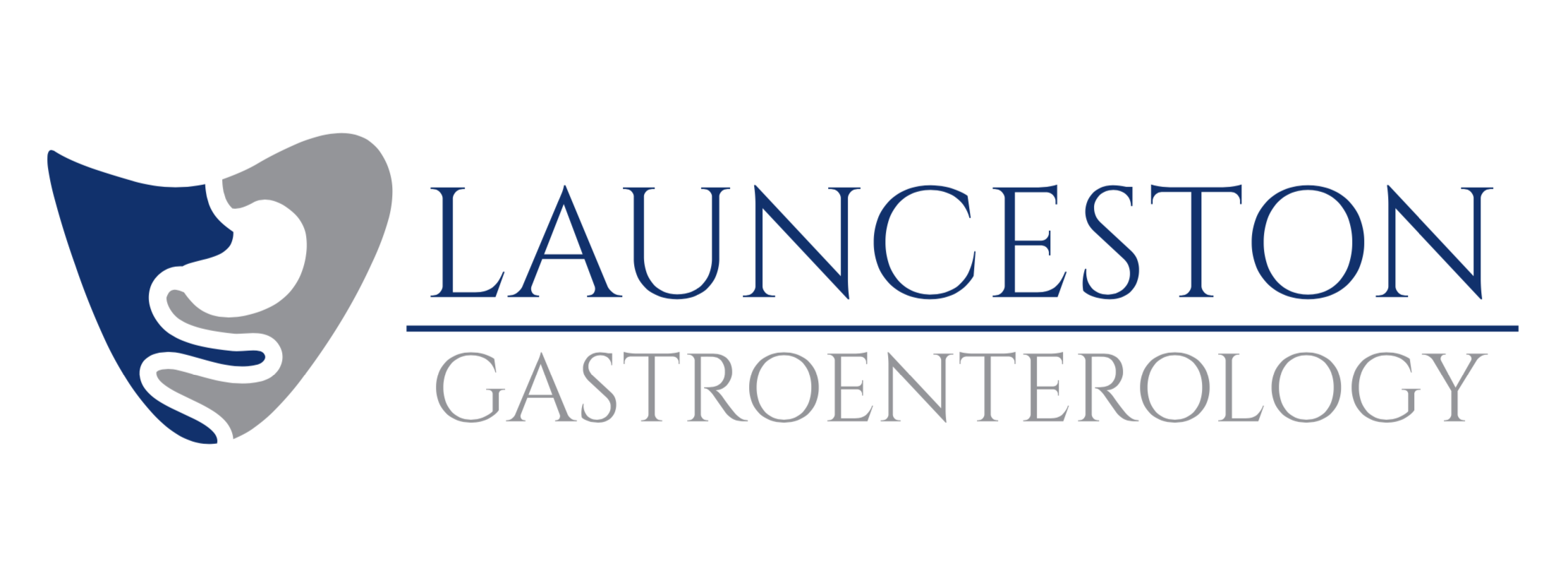What is an EUS? [PDF]
Endoscopic ultrasound (EUS), is a specialised technique used to examine the lining and the walls of your upper gastrointestinal tract including the oesophagus, stomach and duodenum. EUS is also used to study internal organs that lie next to the gastrointestinal tract, such as the liver, gall bladder, bile duct, and pancreas. This information sheet will give you a basic understanding of the procedure – how it is performed, how it can help, and what side effects you might experience. Please ask Dr Fanning about anything you don’t understand.
A thin, flexible tube called an echoendoscope is passed through your mouth to the area to be examined. The ultrasound component is then activated, which produces sound waves that create images of the digestive tract on an external monitor.
EUS provides more detailed pictures of your digestive tract anatomy than conventional imaging such as ultrasound, CT scan, and MRI scan. EUS can be used to diagnose the cause of conditions including abdominal pain, abnormal weight loss, abnormal liver tests, or jaundice. EUS can be used to diagnose diseases of the pancreas, bile duct and gallbladder when other tests are inconclusive. EUS is also used to evaluate abnormalities (a growth or lesion), that were detected at a prior endoscopy or scan.
It provides a detailed picture of the growth, which may help determine its nature and decide upon the best treatment.
A fine needle can be passed into the growth under EUS-guidance to provide a sample of tissue for examination under the microscope.
Local anesthetic spray and intravenous sedation are used to make you comfortable. Some patients also receive antibiotics before the procedure. You will lie on your left side during the procedure. The Anaesthetist will ensure you are comfortable, with most patients sleeping through the whole procedure. Once comfortable, the echoendoscope is passed through your mouth, oesophagus, stomach, and into the duodenum. The instrument does not interfere with breathing, but you might feel bloated afterwards because of the air introduced. The examination takes between 15 and 45 minutes.
How should I prepare for EUS?
You should fast for at least six hours before the procedure to ensure you have an empty stomach. You should talk to Dr Fanning about any regular medications that you take, and any known drug allergies. Although an allergy doesn’t prevent you from having EUS, it’s important to discuss it prior to the procedure. Also, be sure to mention if you have any major diseases, or take regular blood-thinning medications such as Aspirin [Cartia, Solprin], Clopidogrel [Plavix, Iscover], Warfarin [Marevan, Coumadin], Rivaroxaban [Xarelto], Ticagrelor [Brilinta], Apixaban [Eliquis], Dabigatran [Pradaxa], or Prasugrel [Effient].
What are the possible complications of EUS?
EUS is a well-tolerated procedure when performed by Physicians who are specially trained and experienced in the technique. Complications or side-effects requiring hospitalisation are rare. Risks vary depending on why the test is performed, what is found during the procedure, what therapeutic intervention is undertaken, and whether a patient has underlying major medical problems. These are usually minor and resolve with conservative therapy within 2-3 days. Complications can include bleeding, infection, pain, pancreatitis (inflammation or infection of the pancreas), or perforation (a tear or hole in the ducts or stomach/duodenum).
It is rare to have a major complication such as perforation (1:1,000), however if this occurs it may require surgery to repair.
Reactions to the sedatives used and complications from heart or lung diseases, including death, are extremely rare but potential risks. FNA is generally very safe but in rare circumstances pain, bleeding or infection could occur after the biopsy is taken. Every precaution is taken to prevent these problems, but they may still occur.
If any significant symptoms develop after the procedure please inform Dr Fanning on 6334 4390 immediately.
What can I expect after EUS?
After your EUS you will be observed for complications until most of the effects of the medications have worn off. You might experience bloating or pass gas because of the air introduced during the examination. You should not have any significant pain. Most patients are to remain fasting for 30 minutes post procedure, and can then resume a normal diet. Dr Fanning will discuss the findings and future plans with you after the procedure.
Someone must accompany you home from the procedure because of the sedatives used during the examination.
Even if you feel alert after the procedure, the sedatives can affect your judgment and reflexes for the rest of the day.
YOU MUST NOT DRIVE OR OPERATE MACHINERY UNTIL THE NEXT DAY.
If you experience any complications after the procedure please contact Dr Fanning immediately, or proceed to the Emergency Department if this occurs after hours or on the weekend.
